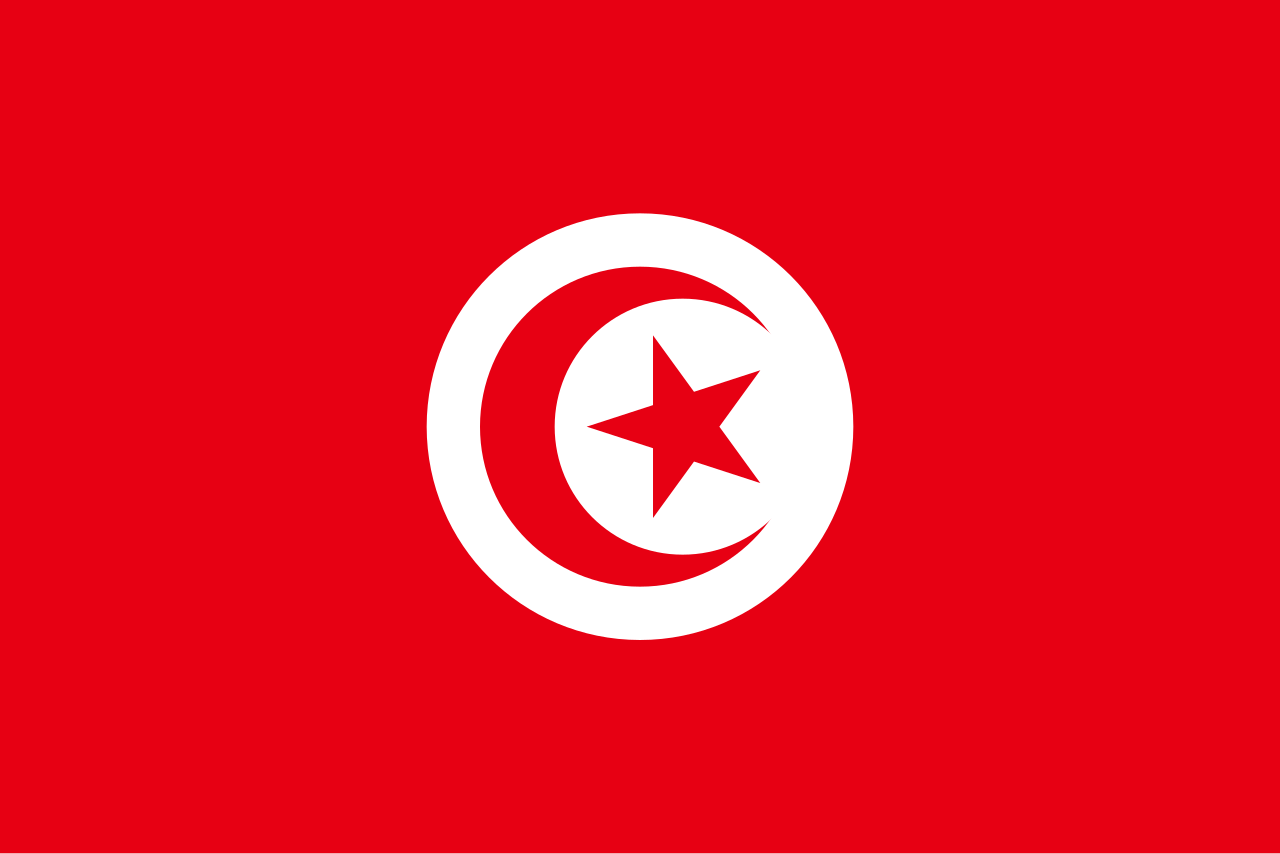Report on the humanitarian situation of children in Tunisia

Capital: Tunis
Area: 163,320 km2
Population: 11,991,782
Form of government: Parliamentary republic
Tunisia, which declared its independence from France in 1956, has always been an important country in the Mediterranean due to its geostrategic importance. Arabs occupy the first place in the ethnic distribution of the population with 98%. Arabs follow Berbers with 1%, while the remaining 1% consists of different ethnic groups. The languages used are Arabic, French and Berber. 99% of the population is Muslim, the rest are Jewish or Christian.
About 40% of the Tunisian people, who have had to live under political pressure for many years and have been deprived of the most basic human rights, are children. In the country, the number of children aged 0-14 years is 2,870,830, and the number of young people aged 15-24 years is 1,608,160. 2,759,894 children under the age of 15 make up 23.3% of the total population.
According to 2020 data, 11 out of every 1,000 newborns die, 16 out of every 1,000 children under the age of five, and 37 out of every 100,000 mothers. The proportion of children under the age of five who show symptoms of acute respiratory infections is 98%, and the proportion of children who receive treatment for diarrhea is 40%.
In Tunisia, the country where the Arab Spring first began, migration from the country due to poverty is very common. Poverty directly affects child mortality, child labor, and educational opportunities in the country, where more than 3 million people live below the poverty line. Tunisia, which has achieved an average growth rate of 2% over the past decade, suffers from high rates of poverty and unemployment despite its balanced and development-friendly structure.
About 82% of the population is literate. The government allocates 20% of the budget to the education system. In early 2018, the Tunisian Ministry of Women and Children partnered with Fun Academy to develop quality education for Tunisian children, leading to significant progress in improving the education system. As of 2018, Tunisia’s primary school completion rate was 98% and its secondary school net enrollment rate was 88%. Despite this, thousands of primary school students drop out of school every year, and the precarious socio-economic situation of many families makes it impossible for children to continue their education. During the protests that erupted in early 2011, many schools were forced to close, leaving an estimated 130,000 Tunisian children orphaned. Tunisia hosts a large refugee population in the east of the country. In 2011, the Ras Ajdir refugee camps were built in Tunisia to accommodate people affected by the conflict in Libya. However, families, especially children, in these camps are increasingly subject to attacks. As a result, schools and child-friendly spaces have been destroyed and looted, exposing camp residents to further repression. In addition, many of these children find themselves alone and separated from their families when they flee Libya. These temporary camps, opened by UNICEF and where child protection is not adequately ensured, cause serious security problems. The number of orphaned children in Tunisia is 250,000. Every year, nearly 1,000 children are left under the protection of the state for reasons such as birth out of wedlock, orphanhood, and the inability to care for their parents. Some of the orphanages in the country are Diar Essbil, SOS Children's Village Gammarth, SOS Children's Village Mahres, Chedli Bacha, and Rassem Koubaa.
Sources:
Country Meters. “Tunisia”. https://countrymeters.info/fr/Tunisia. (12.11.2021).
Humanium. “Children of Tunisia”. www.humanium.org. (12.11.2021).
Knoema. “Tunisia”. https://knoema.com/atlas/Tunisia/topics/Demographics/Age/Population-aged-15-24-years. (24.11.2021).
İNSAMER. “Tunus”. https://www.insamer.com/tr/ulke-profili-tunus/. (12.11.2021).
SOS CHILDREN’S VILLAGES. “General Information on Tunisia”. https://www.soschildrensvillages.ca/tunisia/sos-childrens-village-gammarth. (12.11.2021).
THE BORGEN PROJECT. “Examining Child Poverty in Tunisia”. https://borgenproject.org/tag/education-in-tunisia/. (24.11.2021).
UNICEF. “Key Demographic ındicators”. https://data.unicef.org/country/tun/. (12.11.2021).
Worldometer. “Tunisia Population”. https://www.worldometers.info/world-population/tunisia-population/. (24.11.2021).